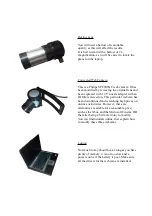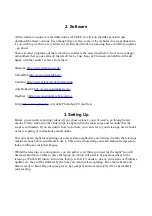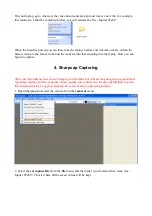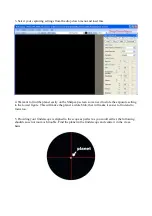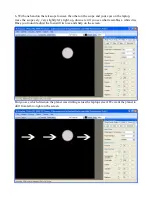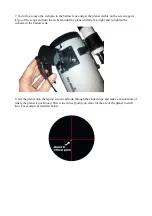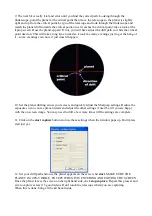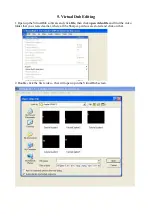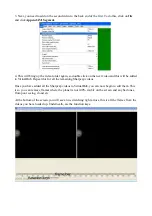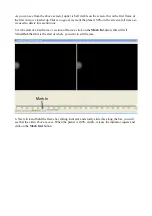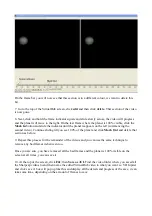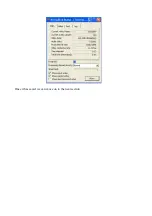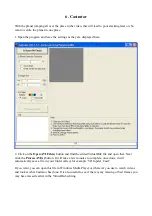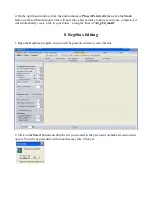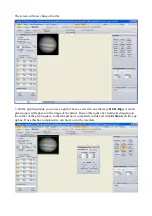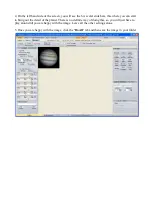
2. Software
All the software required, is available online for FREE. So click on the links provided and
download the latest versions. Even though they are free, some of the websites do accept donations,
if you wish to give them a few silvers for all their hard work in producing these excellent programs
– go ahead.
There are other programs out there which are similar to the ones listed below. So if you are happy
using others that you use already, then feel free to. I use these as I'm most comfortable with and
happy with the results I achieve from them.
Sharpcap
VirtualDub
http://www.astrokraai.nl/castrator.php
RegiStax 6
http://www.astronomie.be/registax/
Gimp
or Adobe Photoshop CS (not free)
3. Setting Up
Before you can start capturing videos of your chosen planet, you will need to go through a few
checks. Firstly, make sure the finderscope is aligned with the main scope and secondly that the
scope is collimated. If you are unsure how to do these, you can refer to your telescope user manual,
or there is plenty of instructions around online.
On your chosen night for capturing our solar system neighbours, you will need to take the telescope
outside an hour before you intend to use it. This so the whole thing can reach ambient temperature,
thus avoiding any distorted images.
Whilst the telescope is cooling down, you can gather everything you need for the night. You will
need a stable stand or table to place the laptop on, which will need to be positioned next to the
telescope. Whilst still inside, turn on the laptop, so that if it needs to do any virus scans or Windows
updates etc. they will be finished by the time you want to start capturing. Have the webcam and
barlow ready to hand. Dig out some gloves, hat, jumpers and coat especially if it's a particularly
cold evening.


